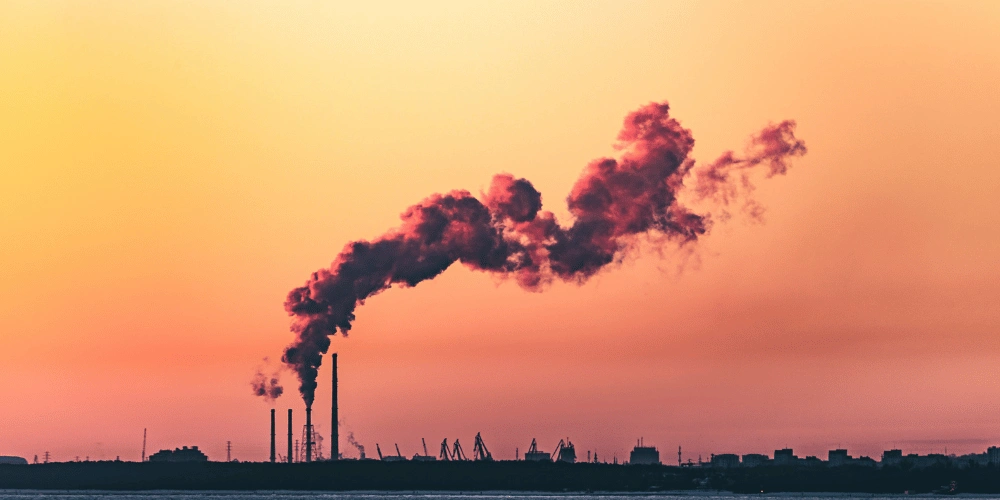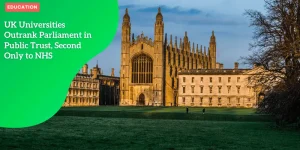Heathrow’s Third Runway: A Complete Guide to Environmental Impact and Climate Concerns
Anúncios
Introduction to Heathrow’s Third Runway Project
Historical Context of the Expansion Proposal
The proposal for Heathrow’s third runway has been a topic of debate for almost two decades, with discussions dating back to 2003.
Over the years, the proposal has witnessed many ups and downs, driven by political, economic, and environmental factors.
Anúncios
Initially, Heathrow’s owners sought approval for the expansion to address capacity issues and maintain Heathrow’s status as a leading global airport.
Government’s Current Stance on Supporting the Third Runway
Recently, the UK government has reiterated its support for the third runway.
Anúncios
The government sees the expansion as a crucial step to boost the economy, especially in the post-Brexit landscape.
The Chancellor affirmed a thorough assessment would be carried out to ensure the project delivers value for money and adheres to legal and environmental standards.
The current administration remains optimistic despite criticism from environmentalists and local communities, asserting that growth and climate commitments are not mutually exclusive.
Overview of the Proposed Expansion’s Scale and Capacity Increase
The proposed third runway would significantly increase Heathrow’s capacity, accommodating up to 300,000 additional flights annually.
Heathrow is currently capped at 480,000 flights per year, and the new runway could raise this limit to 720,000.
This expansion aims to solidify Heathrow’s position as one of the busiest airports globally, catering to increasing passenger and cargo demands.
However, this growth comes with considerable environmental and social implications, sparking ongoing debates and opposition.
The next section will delve into the carbon emissions impact anticipated from the third runway expansion.
Carbon Emissions Impact
The expansion of Heathrow’s third runway is poised to significantly impact carbon emissions, contributing an additional 4.4 million tonnes of CO2 annually.
This is comparable to the emissions from 101.8 billion miles driven by the average car or the energy use of 5.4 million homes in one year.
In efforts to counterbalance this, the government is promoting the use of sustainable aviation fuel (SAF).
However, the implementation of SAF remains challenging due to its high cost and limited availability.
Critics argue that the increased flight capacity makes aviation decarbonization efforts insufficient, raising concerns about meeting the UK’s climate commitments.
Local communities will be another area of heavy impact, a topic that will be addressed in subsequent sections.
 Carbon emission
Carbon emission
Noise Pollution Concerns
Impact on Local Residents
The proposed third runway at Heathrow is projected to significantly increase aircraft noise, affecting up to 2 million people.
This is a considerable jump from the current noise pollution levels, with around 300,000 more individuals coming under new flight paths.
According to Heathrow’s own assessment, over 500,000 people will be newly affected by the expansion alone, while government analysis suggests that up to 2 million individuals could be exposed to significant noise increases.
Comparison with European Airports
Even without the expansion, Heathrow’s noise pollution already impacts more people than any other airport in Europe.
The Civil Aviation Authority indicates that Heathrow sets a high bar for noise pollution, which will only worsen with the third runway.
This comparison underscores the profound noise pollution issues that will be exacerbated by the proposed development.
New Flight Paths
The new flight paths proposed for the third runway will bring noise pollution to previously unaffected areas.
Residents who have enjoyed relative tranquility will find themselves newly impacted by aircraft noise.
This re-routing means that areas such as the west London villages will experience elevated noise levels, fundamentally changing the living conditions for many.
As we transition to the next topic, the focus will shift from noise pollution to the local environmental impacts, particularly the urgent challenges this project presents.
Local Community Impact
Demolition and Housing Loss
The implementation of Heathrow’s third runway would have profound effects on local communities, particularly with the requirement for the demolition of approximately 1,000 homes.
This significant loss of housing means that many families face the prospect of compulsory purchase orders, forcing them to relocate.
The hardest hit will be the west London villages, including areas like Longford, which will see entire neighborhoods reshaped or even erased.
This transformation will demand meticulous planning and likely lead to community displacement.
Impact on West London Villages
The expansion poses severe threats to the character and cohesion of west London villages.
Long-time residents, many of whom have deep-rooted connections to their neighborhoods, will be compelled to leave, disrupting well-established communities.
This upheaval could lead to the loss of social networks, local heritage, and unique cultural identities.
The emotional and psychological impact on these residents cannot be understated as they grapple with the reality of losing their homes and familiar surroundings.
Infrastructure Overhaul
To accommodate the third runway, significant infrastructure changes are necessary, including the construction of a new tunnel under the M25 motorway.
This ambitious engineering project aims to divert traffic and ensure connectivity despite the new runway.
While this development is crucial for the runway’s logistics, it will undoubtedly be disruptive during the construction phase.
The operation necessitates careful planning to minimize traffic disruptions and manage the substantial environmental and logistical challenges involved in tunneling under one of London’s busiest motorways.
These profound changes to the local community highlight the many complexities and social costs associated with such expansive infrastructural projects.
Wildlife and Environmental Conservation
A key area of concern in the expansion of Heathrow’s third runway is the potential impact on local wildlife and protected habitats.
Specifically, Richmond Park—a large, historic park in West London—faces significant threats from the proposed construction.
Impact on Richmond Park’s Ecosystem
Richmond Park, designated as a national nature reserve, is home to a diverse range of flora and fauna.
The introduction of new flight paths over this tranquil area poses a substantial risk to its delicate ecosystem.
Aircraft noise and pollution can disrupt the natural behaviors and habitats of many species in the park.
Threats to Protected Species
Richmond Park provides sanctuary for several protected species, including 11 of the UK’s 17 bat species, which are all legally protected.
Both little and tawny owls, known for their nocturnal activities, could be severely impacted by changes in noise levels and light pollution.
These disruptions threaten not only these species’ survival but also the broader ecological balance of the park.
River Diversions and Habitat Disruption
The construction plan includes the diversion of five rivers.
Altering the natural flow of these water bodies can have cascading effects on local habitats.
Many species depend on these rivers for food, water, and breeding grounds.
Changes to river courses and the construction activities can lead to habitat loss and increased pollution, further endangering wildlife.
The potential environmental repercussions highlight the necessity for rigorous assessments and robust mitigation strategies to protect these valuable natural resources.
Given the significant stakes, it’s crucial to carefully balance infrastructure development with environmental preservation.
Climate Commitments and Future Considerations
Government’s Position on Balancing Growth with Climate Targets
The UK government claims it can pursue economic growth without compromising climate commitments.
Downing Street insists that aligning the third runway with legal climate obligations is feasible.
Yet this confidence is challenged by environmentalists and policy advisors who argue that the technological solutions needed to balance flight increases with green targets simply aren’t available at the required scale.
Concerns About Nullifying Electricity Grid Decarbonization Benefits
A particularly pressing concern involves the potential nullification of decarbonization efforts from the UK’s electricity grid.
A study suggests that all emissions reductions achieved by transitioning the grid to renewable energy by 2030 could be undone within five years due to expanding Heathrow and other airports.
This alarming projection fuels skepticism about the long-term environmental viability of the third runway.
Long-Term Implications for UK’s Environmental Goals
Looking ahead, the expansion poses significant risks to the UK’s climate objectives.
Senior policy advisors stress that the project could derail efforts to meet net-zero targets, arguing that investment would be better directed to greener transport solutions.
The No 3rd Runway Coalition emphasizes that the project will not meaningfully contribute to economic growth and may exacerbate regional inequalities.
As objections mount, it’s clear that this debate will continue to be a pivotal issue in UK environmental policy.






